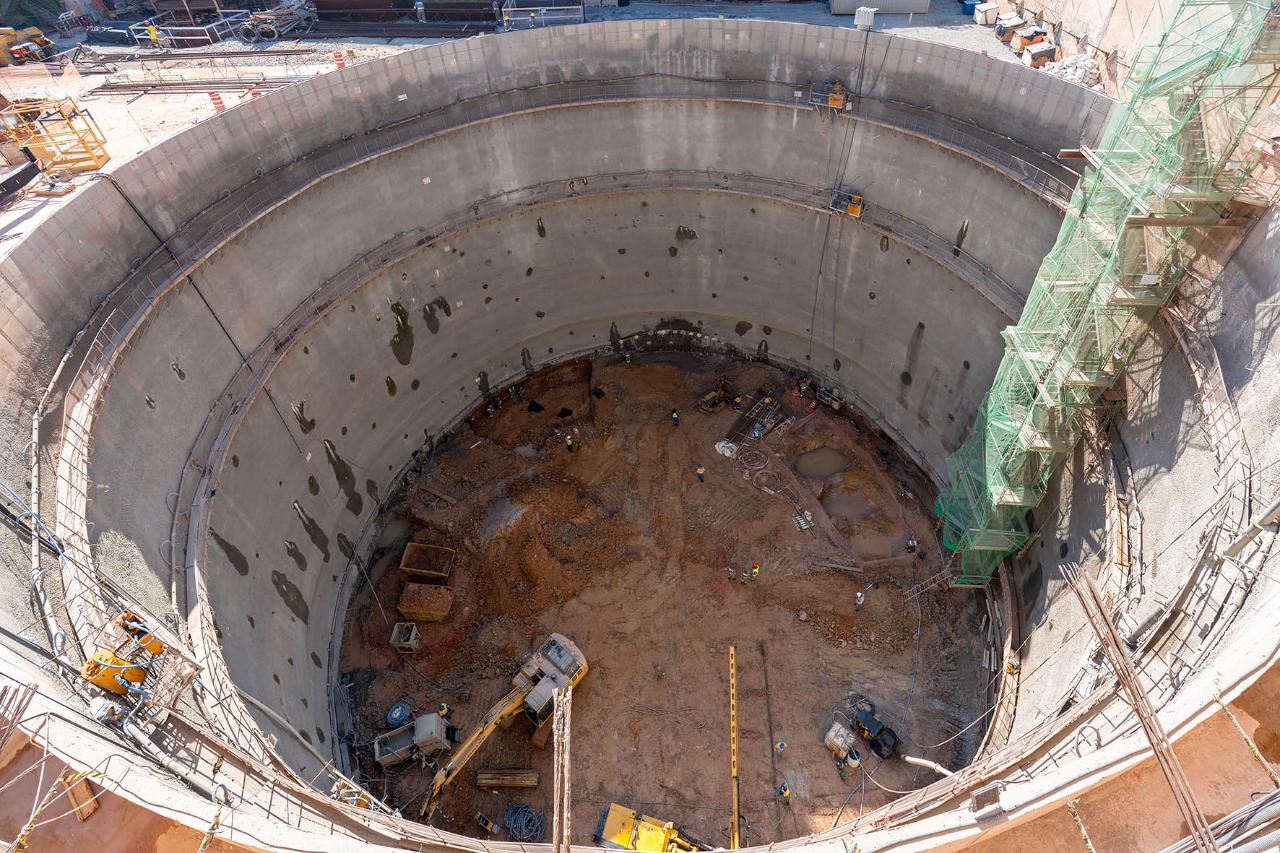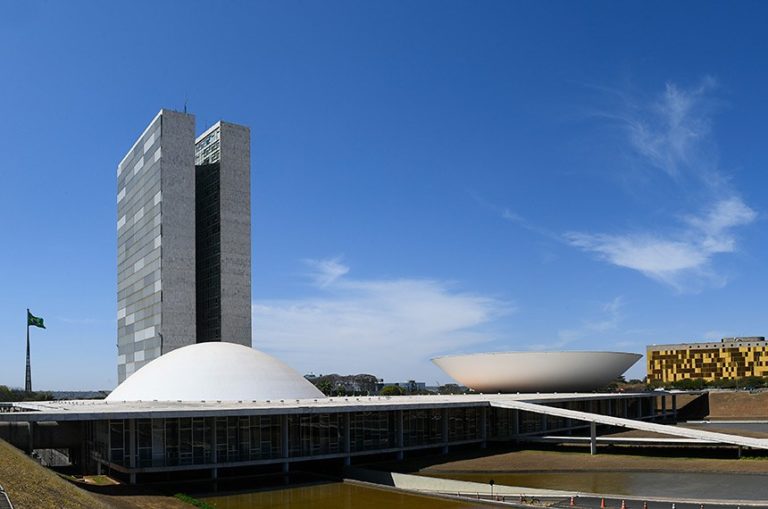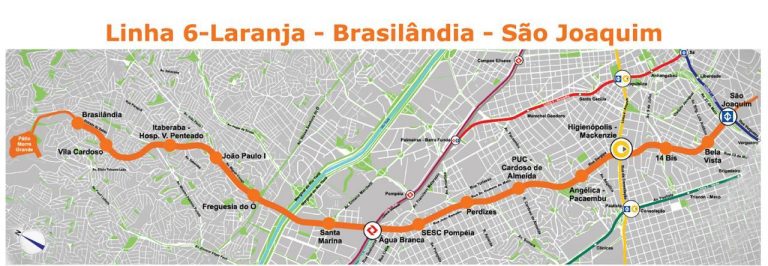As urban train and subway passenger volumes recover to pre-pandemic levels in Brazil, more projects are likely to emerge, especially in São Paulo.
BNamericas talks to the head of the passenger transport association ANPTrilhos, Roberta Marchesi, about the sector’s outlook.
BNamericas: What are the expectations for the metro and urban train sector?
Marchesi: We believe that we’ll see, beyond continuity, an acceleration of projects this year.
The major sector highlights should be driven by São Paulo, where governor Tarcisio Gomes de Freitas has a very focused infrastructure profile. Because of this, projects in São Paulo should attract most investments this year.
In addition to the projects underway in the state, we’ll likely see progress in the tender process for the TIC (Trem Intercidades), which is important in terms of investment.
In Brasília, we will also see concessions in progress.
Altogether in Brazil, 12 works are in progress, with 88km of extensions being built and 77 stations, so we hope that 2023 will be a good year.
BNamericas: How do you see the federal government’s sector plans?
Marchesi: In terms of privatizations, there are doubts. It is not yet clear whether the government will proceed with the privatization of CBTU and of [Porto Alegre’s] Trensurb.
On the other hand, there is a [positive] expectation that the government will publish the national policy for the development of the interregional passenger rail system, which tends to open up a range of opportunities and new projects.
BNamericas: What do you think about company TAV’s plans to build a high-speed rail between São Paulo and Rio de Janeiro?
Marchesi: The authorization for the high-speed train is already attracting many investors, and this helps to give visibility to the entire segment.
All over the world, most high-speed trains connect the center of one big city with another. But TAV now intends to connect the outskirts, so there is the possibility of generating new, smaller lines, interconnecting the high-speed train with existing urban lines.
It’s a new project and advancing it will help generate new associated projects.
BNamericas: Why has the interregional passenger transport model not advanced?
Marchesi: We have been talking with the federal government to create an attractive list of interregional train projects.
The transport ministry has identified 6,000km of priority regional train lines and this has everything to get it off the ground. The advance of the Trem Intercidades will help, since it will make the benefits of these projects publicly visible.
Usually, [interregional trains] are more difficult to advance because many agents are involved. Some projects involve more than one state, so we are talking about negotiations between two state governments, in addition to the involvement of the federal government,
Marchesi: We have about 80% of the volume we had before the pandemic because the behavior of the population has changed, as some people are still using home office.
But I believe that by the end of this year we will be getting closer to pre-pandemic levels, which is 12mn passengers a day. It will be very important from now on that states and mayors work to better connect urban passenger transport.
BNamericas: And how does the high base rate affect the sector?
Marchesi: This is a challenge for the entire infrastructure sector, but the government is willing to address this issue and I believe that in the coming months we may have measures being announced.
That said, I believe that [development bank] BNDES will continue to play a fundamental role in the sector, not only in offering long-term financing but also for structuring projects.
Last year, BNDES announced help for local governments to structure concessions in metropolitan regions with more than 1mn residents and we hope it moves forward.
March 08, 2023 – BNamericas





